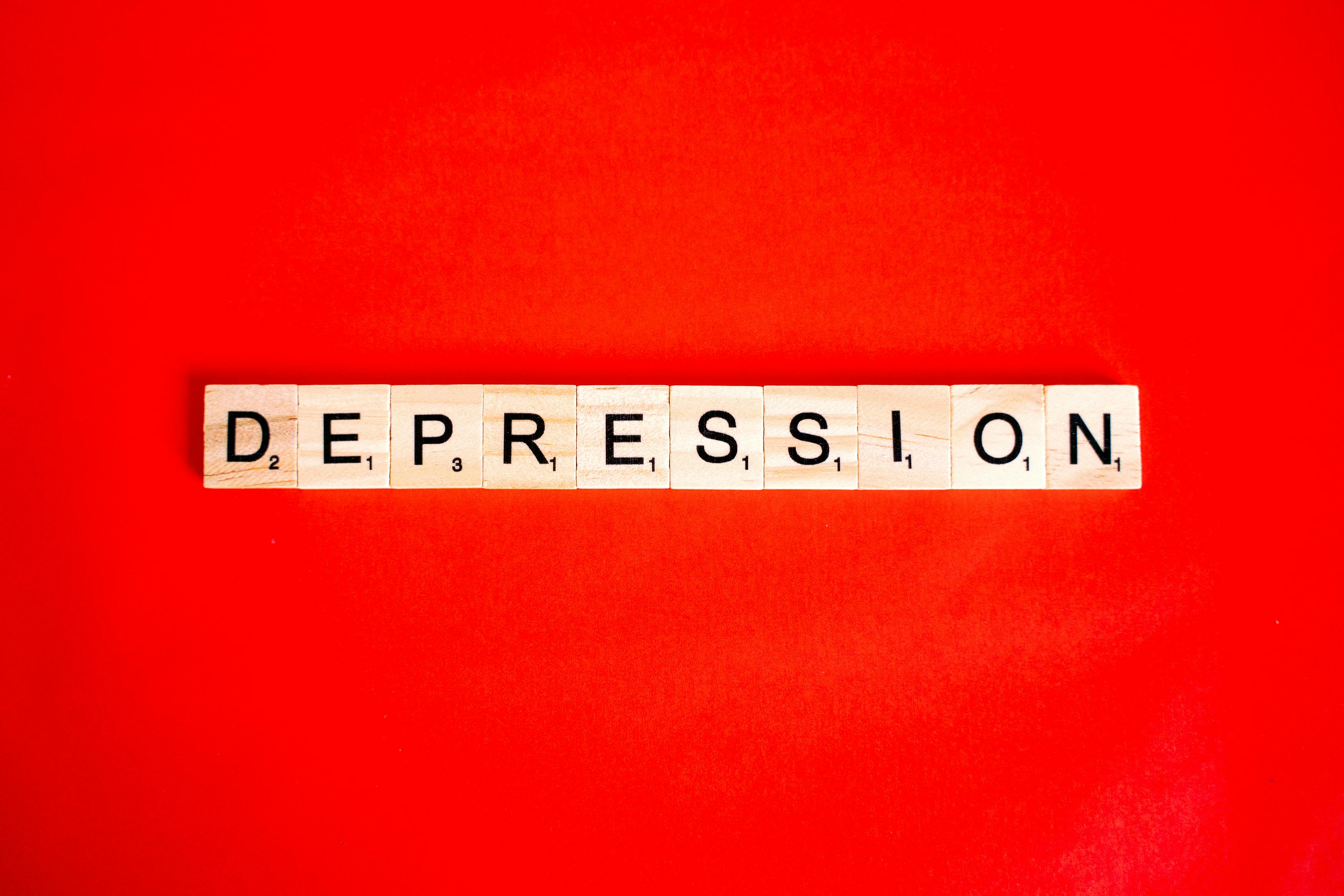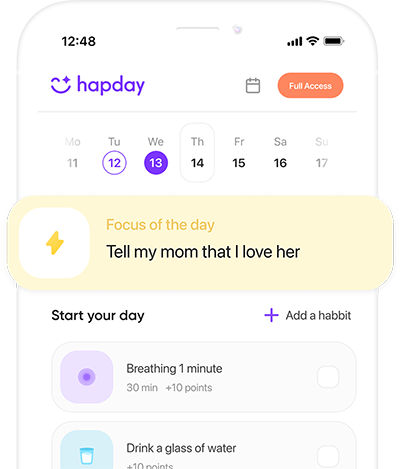Table of Contents
- Making Sense of Childhood Trauma
- What the Science Says About Trauma and Resilience
- Steps to Overcome Childhood Trauma
- Embracing Self-Compassion in the Healing Journey
- Looking Forward: Building Mental Resilience
- Recap
- References
Childhood trauma can really stick to you, can’t it? It often leaves marks on one’s mind that don’t just fade away, impacting mental health and how we deal with others — sometimes for decades. The first step in tackling these deeply ingrained issues is understanding them, which makes building mental resilience crucial. Okay, let’s dive into the science of trauma, methods for healing, and ways to bolster resilience.
Making Sense of Childhood Trauma
Childhood trauma isn’t just a tough day at school; it’s about being exposed to distressing events for an extended period. For instance, the National Child Traumatic Stress Network says trauma can spring from situations like physical/emotional abuse or even substance abuse. Remember the Adverse Childhood Experiences study from the CDC and Kaiser Permanente? Back in 2021, they found that around 61% of adults had faced at least one traumatic event before turning 18. Shocking but true.
The way trauma affects our brain is wild — particularly when it comes to areas that manage emotions, memory, and thinking. It’s like the body’s stress response system goes into overdrive. What does that mean for the person dealing with this? Well, it makes handling future stresses an uphill battle, often leading to anxiety, depression, or PTSD.
What the Science Says About Trauma and Resilience
Now, here’s a hopeful nugget: resilience isn’t something you have or don’t—it’s a process you can nurture. In one study from the Journal of Traumatic Stress, they observed that people who build resilience often develop better coping strategies and surround themselves with supportive folks. They maintain an optimistic lens on life.
What’s at play here? Neuroplasticity—our brain’s ability to rewire. By diving into cognitive-behavioral therapies, keeping up with mindfulness routines, and making healthy social connections, we can reconfigure how we handle stress. Pretty cool, right?
Steps to Overcome Childhood Trauma
- Seek Professional Help
Admitting you need help might be a tough pill to swallow, but therapy is often where healing begins. Cognitive Behavioral Therapy and EMDR are proven winners here. A meta-analysis in Psychological Medicine even showed significant benefits from EMDR in curbing PTSD symptoms. - Build a Rock-Solid Support Network
You don’t need to face trauma alone. Leaning on friends, family, or even online communities can make a world of difference. I came across a study from the Journal of Social and Clinical Psychology saying that social support massively impacts mental health outcomes for those who’ve experienced trauma. - Dive into Mindfulness and Meditation
Mindfulness isn’t just a buzzword; it can seriously dial down stress and anxiety. Haven’t tried it yet? The journal Emotion points out that regular practice boosts emotional resilience, especially for those bouncing back from trauma. - Find Healthier Coping Mechanisms
Swap negative behaviors for healthier outlets. Whether it’s journaling, picking up a paintbrush, or lacing up those running shoes, these activities don’t just distract—they help process emotions better. Even the American Psychological Association suggests these can enhance well-being and resilience. - Set Some (Realistic) Goals
Achieving small goals? It’s not just about ticking boxes. It’s about building confidence and control over life. The British Journal of Psychology links goal-setting with improved mental health (hey, who among us couldn’t use a little more of that?).
Embracing Self-Compassion in the Healing Journey
Being kind to ourselves during low times—a concept known as self-compassion—can significantly ease PTSD symptoms. One study in the Journal of Traumatic Stress made a pretty compelling case for how this practice aids in fostering resilience. Allow yourself to feel and heal without judgment; it’s a game-changer.
Looking Forward: Building Mental Resilience
Healing from childhood trauma isn’t a sprint—it’s more of a marathon with its fair share of hurdles. Building resilience doesn’t just prepare us for future challenges; it gives us the tools to lead fulfilling, emotionally-rich lives. Remember, it’s okay to stumble; just keep moving forward with resilience-building activities and a supportive circle.
Recap
Overcoming childhood trauma? Yeah, it’s multi-layered and far from easy. But by seeking professional guidance, nurturing relationships, mixing in mindfulness, and exercising self-compassion, we can reshape our brains and break the chains of past adversities. Have a look at our app, Hapday, to discover more on this life-changing journey to resilience.
References
- National Child Traumatic Stress Network
- Centers for Disease Control and Prevention ACE Study
- Journal of Traumatic Stress – Resilience Study
- Psychological Medicine – EMDR Meta-Analysis
- Journal of Social and Clinical Psychology – Social Support Study
- Emotion Journal – Mindfulness Study
- British Journal of Psychology – Goal-Setting Research
- Journal of Traumatic Stress – Self-Compassion Study

